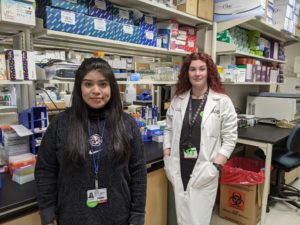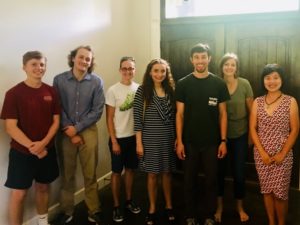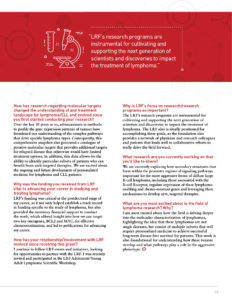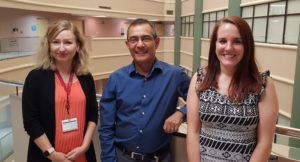Research and Innovation is hosting the next Research Antipasto monthly event (informal online networking, casual mentoring, happy hour-ish get-together) at noon on April 6, 2021. Justin Leung, Ph.D., M.Sc. will host. Justin is an assistant professor in the Department of Radiation Oncology with a secondary appointment in the Department of Biochemistry and Molecular Biology. Justin recently received his 3rd NIH R01. Justin’s research interests include chromatin biology, epigenetics, DNA damage, and more.
On the first Tuesday of each month, Research Antipasto’s host will share career experiences, stories, answer questions, advise, astound, and amaze…for 30 to 60 minutes (or until we all have to catch another meeting). Just log in, have fun, and get to know others in the research community! Hosts are posted on the research calendar.










